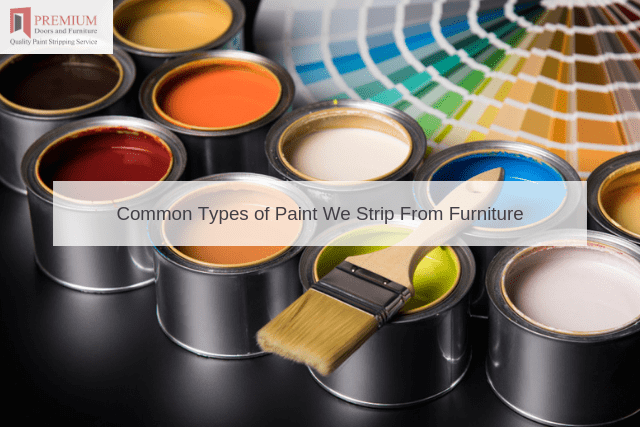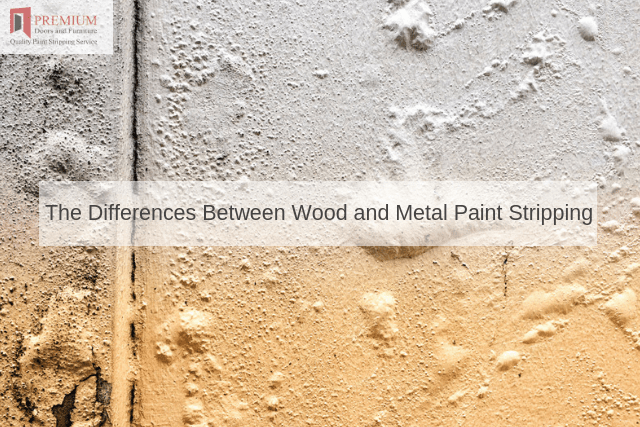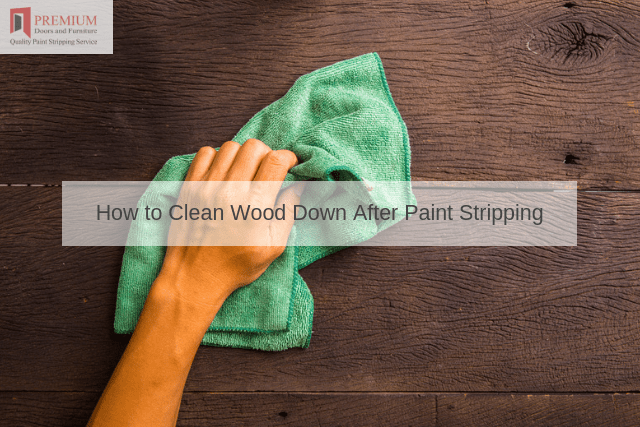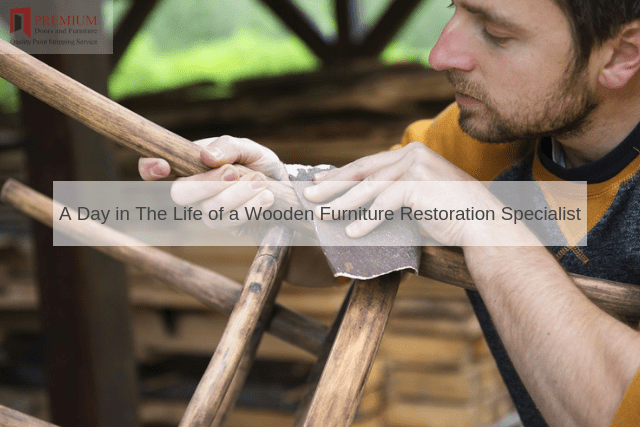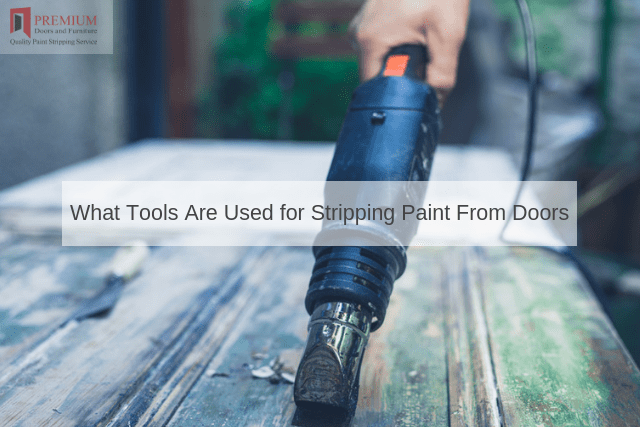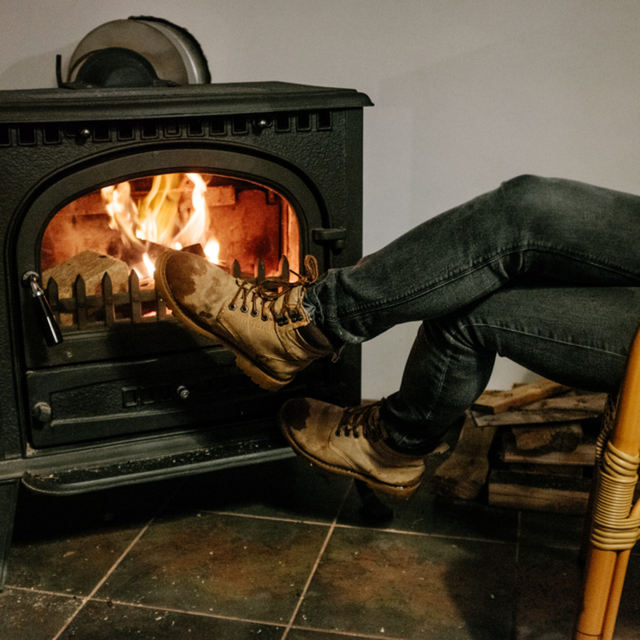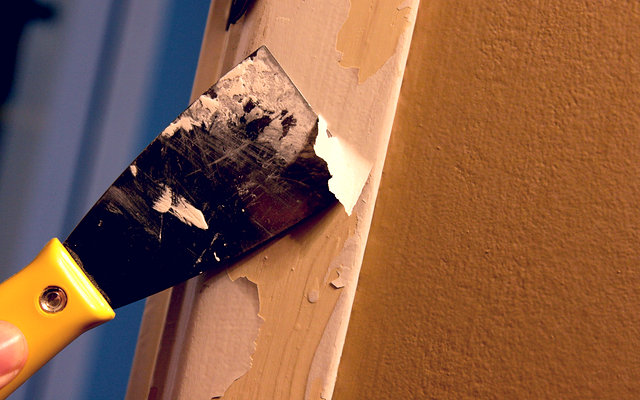Stripped screw holes can be quite common in doors and door frames. This is usually the result of an excess amount of movement (such as when opening and closing a door on a frequent basis).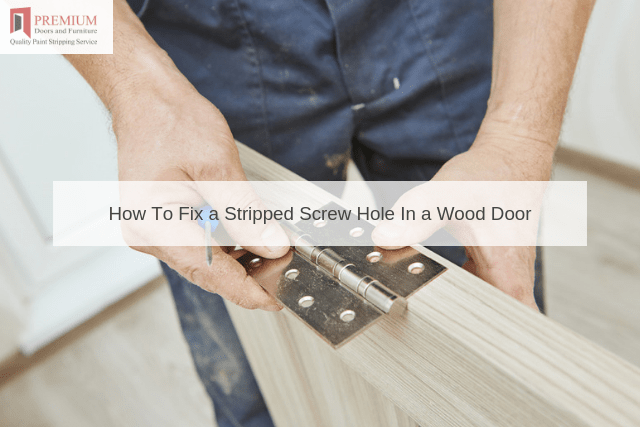
Eventually, the wood fibres will either wear away or become damaged to the point where they are no longer able to serve as anchors for the screw. Common symptoms include loose mounting brackets and a door that fails to close flush with the frame. The good news is that this situation can be fixed relatively quickly. Let’s take a closer look at one do-it-yourself method.
Filling the Screw Hole
This is the most aesthetically pleasing method, as a new hole will not need to be drilled. First, remove the screw and any shavings that might be present within the initial bore hole.
Take a piece of scrap wood (preferably the same type that is already present). Shave a piece that is roughly equivalent to the depth and diameter of the hole. Make certain that it fits snugly before removing the shunt.
Then, coat the strip of wood with high-quality wood glue. Insert the shaft into the bore hole and allow it to dry. As the wood and glue cure, the shaft will expand slightly. This ensures a tight fit. Once the glue has completely dried (generally within 24 hours), sand off any bits that remain raised above the surface.
Inserting a New Screw
A small pilot hole will then need to be drilled into the centre of the wood-filled shaft. This pilot hole will be used to guide the new screw. Assuming that the hardware is properly in place, drill the screw into the pilot hole. Check that the screw is firmly tightened before permanently securing it in place.
When Should a Professional be Called?
In the event that numerous stripped holes need to be addressed, it could be a wise idea to call a professional. This firm will be able to provide expert advice and if necessary, an entire section of the door can be replaced with a wood that will match perfectly with the original.
If you would like additional advice on similar issues or should you require a service to remove layers of old paint from furniture or trim, be sure to contact a representative from Premium Door Stripping. We are always pleased to help.




